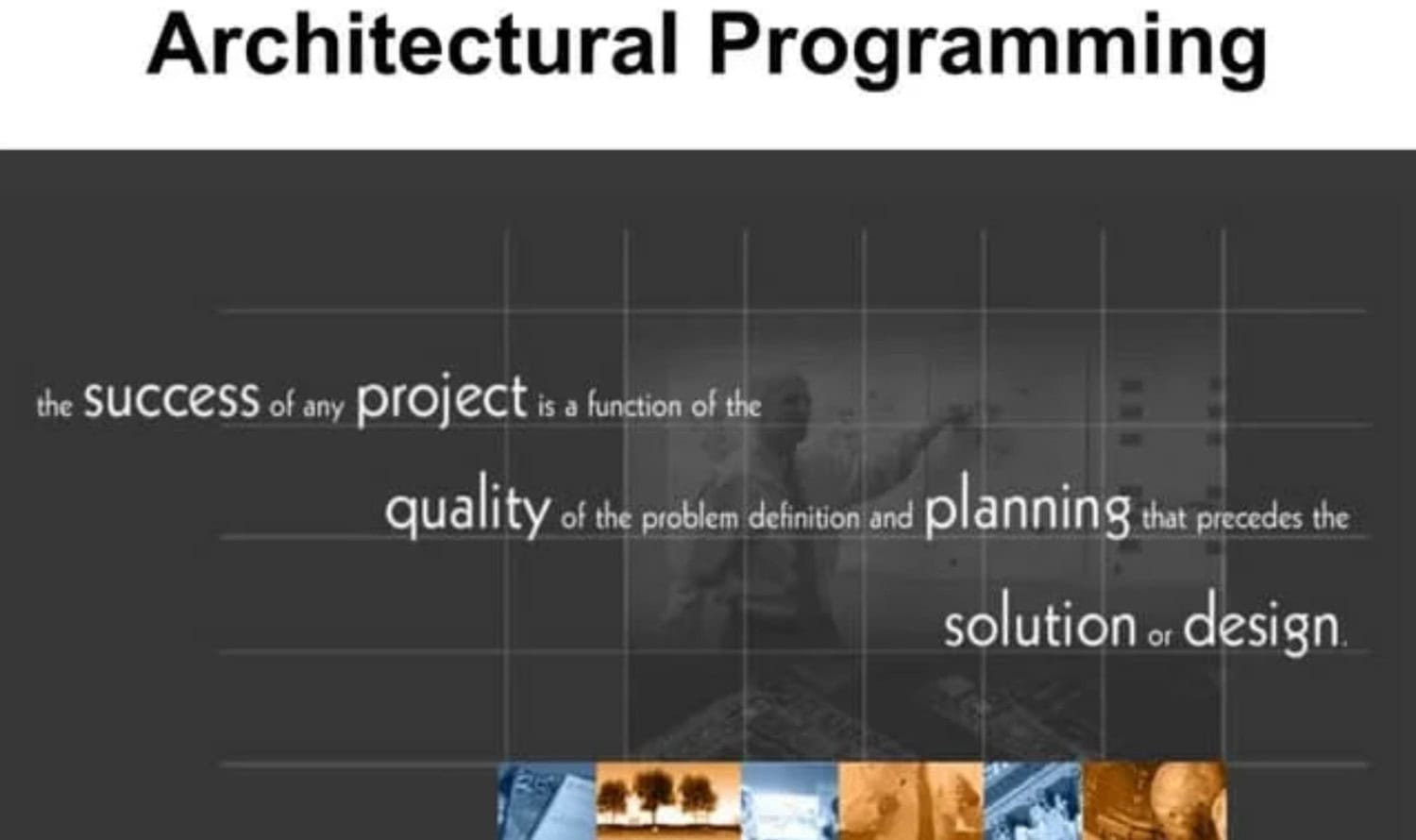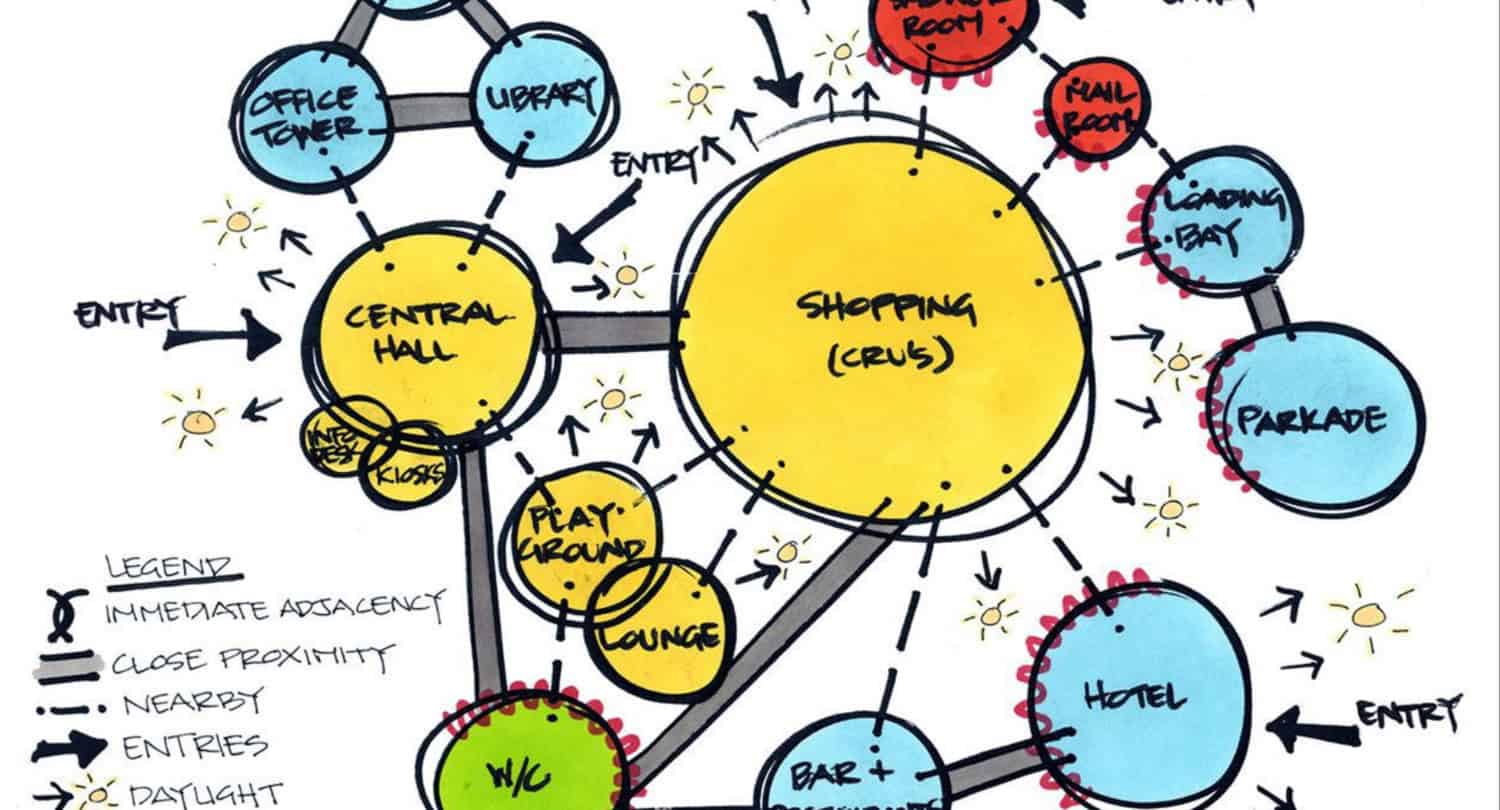One can rapidly understand that the programming and architecture responsibilities are comparable. Both professions’ members are imaginative people with abundant brainpower at their fingertips. But the question is, What is Architectural Programming when architecture and programming both come together? Architectural Programming is a type of programming that helps in the planning stage of a construction project.
The features needed to understand Architectural Programming include Importance, advantages, process, how to do architectural programming, levels of programming in architecture, Issues, and relevant laws and regulations in architectural programming.
So stay tuned as we go further into the definition of architectural programming and examine each component of the programming architecture guide.
Read also: What Is ECU Programming? Everything To Know
Table of Contents
What is Architectural Programming? Things to Know
A building project’s pre-development phase includes architectural programming. Your list of building goals and requirements is built throughout the study and decision phase, determining the design scope. You can also refer to architectural programming books, as many books are available online. It would be best to grasp the following main architectural programming characteristics.

Importance of Architectural Programming
According to research, the degree of pre-development planning directly correlates with project success. Furthermore, pre-development is when adjustments may be made the most affordable.
- Increase the likelihood of achieving organizational objectives and community requirements.
- Eliminate needless danger.
- Increasing the probability that the design is found on wise choices made early in the process.
- Boost the facility’s capacity for sustainability.
- Prevent excessive deadlines from leading to employee and board burnout.
- Early design clarity can save overall project costs by preventing expensive redesigns later in the architectural design process.
Process
The same fundamental components are used in a wide variety of programming styles. The design programming always relates to a broader framework of planning initiatives that are arrangeable. There are six-step procedures for architectural programming for a building, which goes like this:
Study the project’s scope
This step is necessary if the programmer handles a particular project category for the first time. The programmer has to familiarise themselves with some specific pertinent data.

This knowledge can also be acquired via building-related information, plan analysis for ongoing projects, knowledgeable consultants, and/or cost estimation services.
Establish Aims and Objectives
Broad objective statements that will direct the rest of the programming procedure are sought and suggested by the programmer in collaboration with the committee. It is essential to address each goal category, including organizational, time, economic, function, image, and management goals.
Assemble Pertinent Data
The appropriate data types can be chosen and explored based on the objectives. Facility consumers, tasks, and timetables are typical categories: What are they doing, how many are doing it, and when will they accomplish it? What tools are required for operations to go smoothly? What components of the project require future projection? How is the growth history of each factor that has to be projected? And a lot more
Determine Tactics
Given the possibilities and limitations that are already known, programmatic methods provide a means to achieve the goals. The connection diagram, sometimes called a “bubble” diagram, is a well-known illustration of a programming plan.

These diagrams show which operations should be close to one another for the project to run successfully. The ideal circulation linkages between places can also be shown on relationship diagrams.
Determine the Necessary Quantities
This stage involves balancing the number of changes requested within the project’s time range with the currently available funding. The goal is to assist the owner in budgeting for all project expenditures, not just those related to construction.
Summarize the Process
After completing all of the above processes, summary statements should describe the outcomes of the programming work. All of the relevant information mentioned above may be documented for the owner, the people on the committee, and the architectural team.
The scope of work, as outlined in the program, should get approval from the executives.
Various Programming Levels
Programming may impact the degree of depth in the inquiry and deliverables, which may occur for several reasons.
For example, overall planning-level coding has a more strategic focus. It provides building owners with information to help them decide how much space they will need now and in the future, as well as a general estimate of the cost of implementation.
Also, programming influences building design at the level of each particular project, which gives precise, comprehensive information.
Architectural Programming Issues
In the field of architectural programming, some new addresses include:
- Client-owners request confirmation that the design now fits the program’s requirements more frequently.
- Facility programmers are in short supply compared to the demand. Additional professionals need to think about their futures in this sub-discipline.
- The need for new sorts of space is being driven by new technology. An introductory study of these technologies is necessary to establish norms and recommendations.
- The programming process must consider these criteria in terms of objectives, expenses, schedule, and procedure as more clients demand actions for buildings that meet conservation of resources and energy standards.
- Establishing criteria and rules for building such facilities regularly. These initiatives include formalizing building facility needs for consumption over the Internet, facility programming to provide early forecasts to help with early capital budgeting, etc.
Laws and Regulations in Architectural Programming
Identifying pertinent rules and regulations related to the project is a crucial programming component. Codes, covenants, deed limitations, zoning rules, license rules, and other legal duties can significantly affect costs and, consequently, the availability of inexpensive GSF. Also, before design, one should determine these elements.

Moreover, in certain jurisdictions, specific requirements are required by law for accreditation, licensing, or equity-related reasons. Before opening their doors, schools, hospitals, detention centers, and other institutions with licenses or certifications may need to satisfy specific requirements.
Read also: How To Improve Logical Thinking For Programming: Tips And Techniques
Frequently Asked Questions
What is Architectural Programming?
Your list of building needs and preferences will be combined throughout the analysis and decision-making process known as architectural programming, which will eventually determine the design scope.
How to do Architectural Programming?
The steps involved in creating an architectural program are as follows: 1. Study the project's category. 2. Set objectives and goals. 3. Assemble pertinent data. 4. Determine tactics. 5. Establish the necessary quantities. 6. Write a program summary.
Why Coding Is Important for Architects?
Coding aids in exploring new architectural forms and studying how architecture may change and develop over time. With Coding Knowledge, the architect has total control over the form development process since they know precisely what to expect from the tool and can personalize it to meet their unique requirements.
Conclusion
So there you have it—everything you need to know what architectural programming is and how you can apply it to boost the likelihood that organizational goals and community requirements to fulfill, get rid of the unnecessary, increase the facility’s capacity for sustainability, and avoid the risk of burnout among staff members and board members through the elimination of needless deadlines.
So, the architectural program, a crucial stage in the design process, represents the architect’s initial in-person encounter with the project.
See also: How Are Programming Languages Made?

